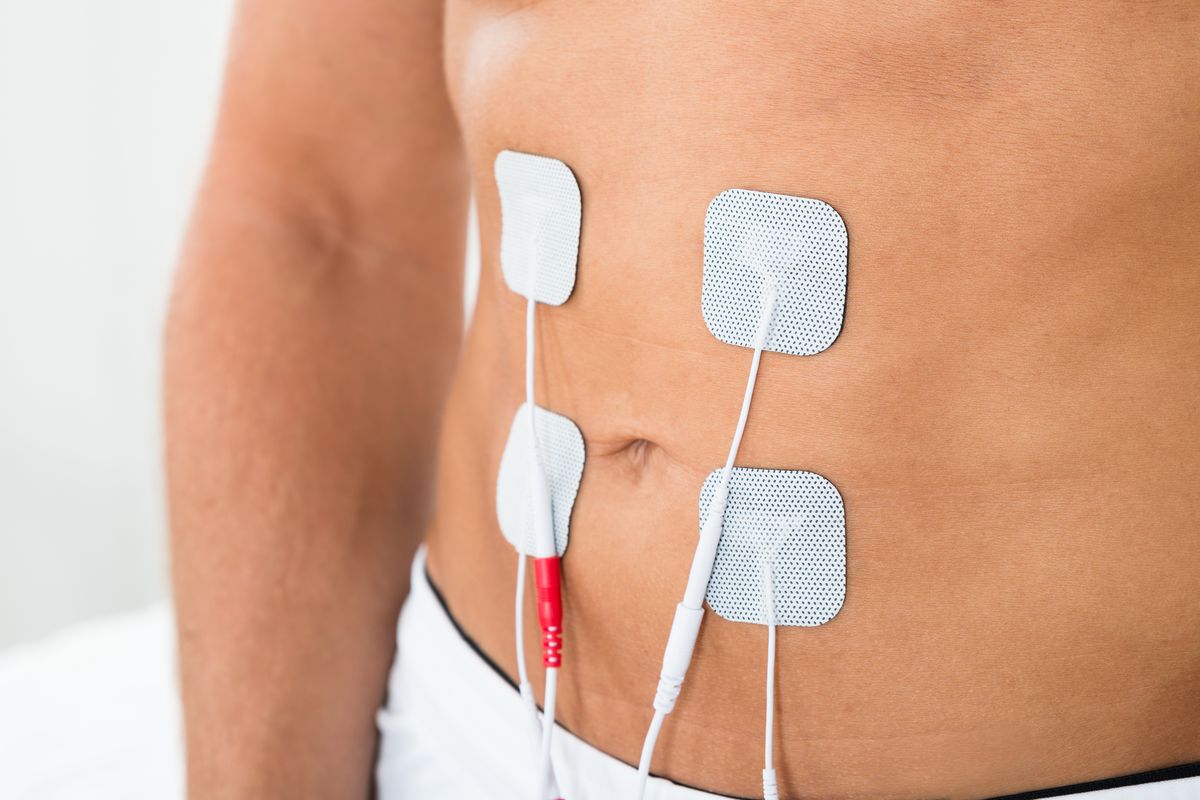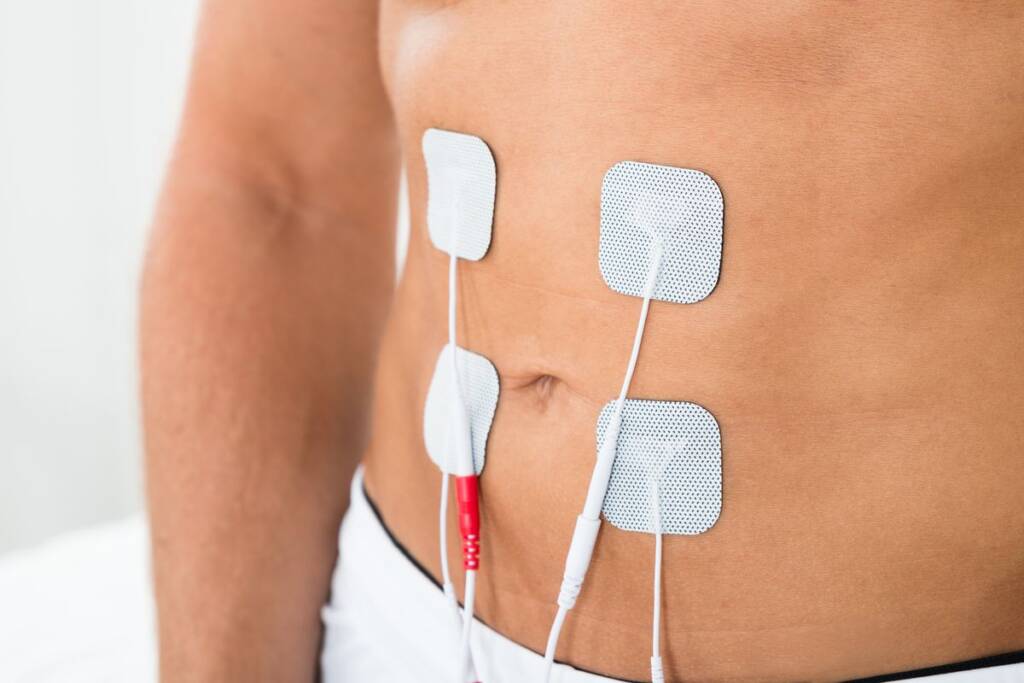Health
Electrocardiogram: from the origins to the most recent innovations

The term electrocardiogram indicates the tracing of the patient's heart muscle activity that is detected by a very special instrument, the electrocardiograph.
Equipped with cables for electrical conduction ending with electrodes, this device receives from the body to which it is connected a low potential current generated by the heart and records it. The recorded trace makes visible two fundamental measures to evaluate the correct functioning of the subject's heart at a given moment: time, measured horizontally, and electrical power, represented by vertical peaks.
The idea for the detection of the electrocardiogram has rather ancient origins and must be sought in the eighteenth century, in the figure of Luigi Galvani , even if the first device capable of recording the electrical discharges produced by the heart saw the light a few centuries later, in 1903. , thanks to Willem Einthoven . The very first devices were certainly much slower, imprecise and rudimentary than those made available today by the main manufacturers of hospital medical equipment. By contacting a medical products wholesaler today, it is possible to purchase the latest generation electrocardiographs, fast and accurate in recording the traces, as well as characterized by often small dimensions.

The origins of the electrocardiogram
To trace the original idea that gave way to all subsequent studies on the possibility of controlling the heartbeat by detecting its electrical impulses through a trace, it is necessary to go back in time, up to 1700. It was at that time that an Italian physiologist, of Bolognese origin, Luigi Galvani discovered, studying frogs, that the heart muscle was able to produce low intensity electric current.
The next step was taken in 1903 by Willem Einthoven, who developed a cord galvanometer capable of detecting and recording the patient's cardiogram quite accurately. This tool allowed him to study the tracks, identifying some attributable to specific heart diseases. Following this discovery, the Dutch physiologist was awarded the Nobel Prize for Medicine .
The modern electrocardiograph
The devices for the detection and recording of the electrocardiogram have undergone numerous changes over time, becoming more and more reliable, rapid and precise. Modern electrocardiographs, capable of showing up to 12 leads simultaneously, are now available in digital version and have different sizes depending on the context in which they are to be used. The high number of deviations allows to make extremely precise diagnoses thanks to the reduction of interferences.
Professionals who make home visits can opt for a portable stand alone model , equipped with display, internal memory and integrated printer; alternatively, the physician who always carries the notebook can choose a smaller and lighter device to connect to the computer during the exam. Portable devices are also very useful when a dynamic electrocardiogram or Holter ECG is to be performed.
Medical offices and hospitals can instead equip themselves with larger electrocardiographs equipped with wireless connection for immediate data sharing and integrated A4 format printer .
Finally, among the most useful innovations for the specialist we find the interpretative software , integrated in some extremely advanced models, designed to make the interpretation of the electrocardiogram faster and more accurate.
Riproduzione riservata © - WT











